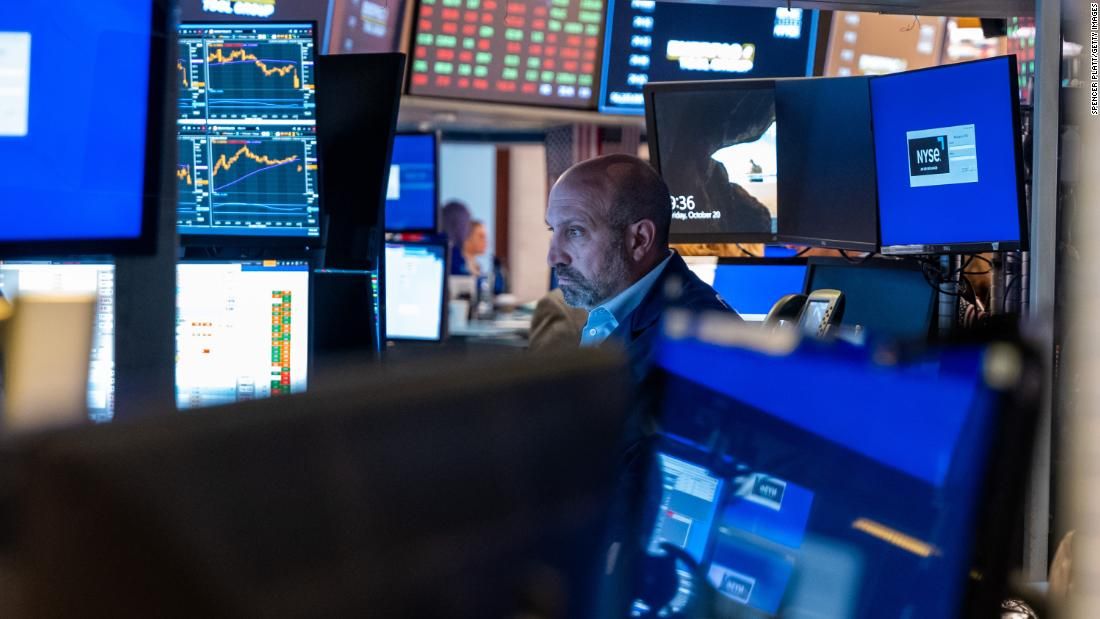The employment rate for women in their prime working years just hit an all-time high in April.
The labor force participation rate for women ages 25 to 54 rose 0.3 percentage points to 78% last month, data from the Bureau of Labor Statistics show.
In recent years, women's labor force participation has recovered from a pandemic “slump” and returned to its pre-pandemic form of making historic progressive gains in the labor market.
Before the pandemic, women's labor force participation rates increased faster than those of their male counterparts, as female-dominated industries such as healthcare and caregiving experienced rapid growth; women's educational level increased substantially; and there were greater inroads by women into fields traditionally dominated by men, such as construction, agriculture and maintenance.
Since the pandemic, other developments have helped serve as additional drivers: greater workplace flexibility and strong job gains in female-dominated industries such as healthcare.
Bill Adams, chief economist at Comerica Bank, said better labor force participation was one of the main reasons the headline unemployment rate rose to 3.9% in April.
“The employment-to-population ratio for workers ages 25 to 54 was near the highest since 2022 and for workers ages 16 to 24 was near the highest since 2008,” Adams wrote in a note Friday.
Still, the overall labor force participation rate (workers ages 16 and older) remained unchanged at 62.7%, approaching its post-pandemic high. Labor force participation rates have been declining since 2000 due to demographic changes (largely the aging of Baby Boomers). The effects of the pandemic (early retirements, deaths, long Covid, care needs) have also played a role.












